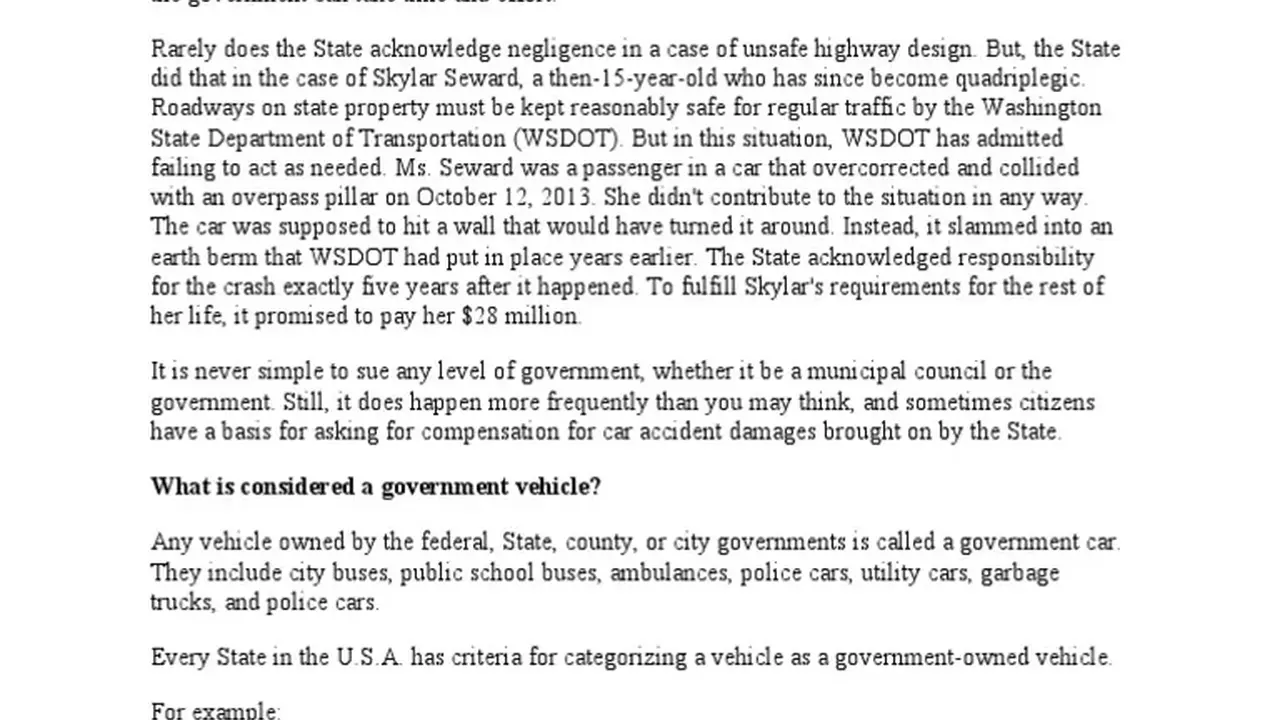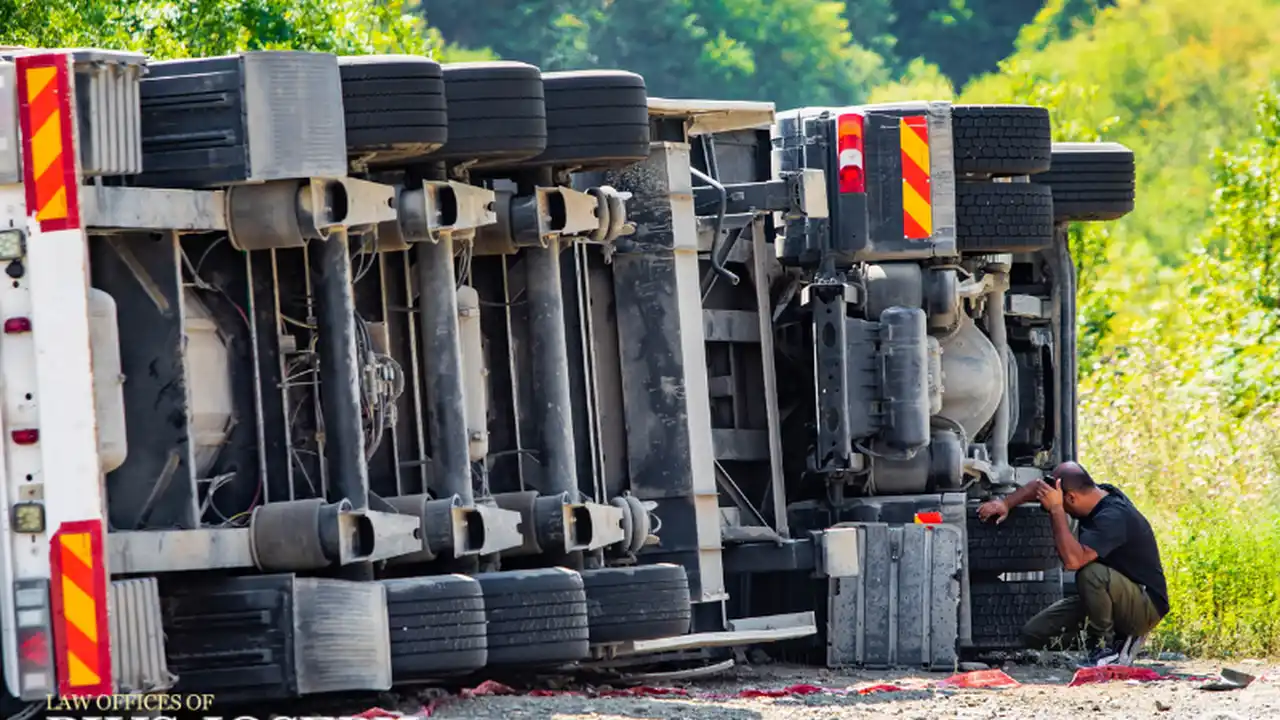Protecting Your Vehicle After an Accident: Temporary Measures

Immediate Vehicle Security Post Accident Preventing Further Damage and Theft
Okay, so you've just been in an accident. Not a fun situation, right? After making sure everyone's okay and calling the authorities, your next thought should be about protecting your vehicle. Leaving it unattended, especially if it's damaged, is like leaving a birthday cake out for the squirrels. Let's talk about some temporary measures you can take to safeguard your ride from further damage or, worse, theft.
Assessing the Damage A Quick Walk-Around Guide for Post Accident Protection
First things first, take a quick walk around your car. Note any significant damage. Are windows broken? Is the car leaking fluids? Is a door hanging off? This initial assessment helps you prioritize what needs immediate attention. Don't touch anything unnecessarily, especially if the police haven't arrived yet, but do take pictures! Lots of pictures. These are your best friends when dealing with insurance companies.
Covering Broken Windows Temporary Solutions to Shield Your Car from the Elements and Theft
Broken windows are an open invitation to both the elements and potential thieves. The quickest and cheapest solution? Good old-fashioned duct tape and plastic sheeting. You can usually find these at any gas station or convenience store. Cut the plastic sheeting to a size slightly larger than the broken window. Tape it securely around all edges, making sure it's taut. This will provide a temporary barrier against rain, wind, and prying eyes. Another option, if you're prepared, is to carry a roll of heavy-duty contractor bags. They're thicker and more durable than regular plastic sheeting. For a slightly more robust, but still temporary, fix, consider using cardboard. Cut it to size and secure it with duct tape. Remember, this isn't a permanent solution, just a way to protect your car until you can get it properly repaired.
Securing Damaged Doors Preventing Further Damage and Unauthorized Access After a Collision
A door that won't close properly is another security risk. If the door is still attached but won't latch, try using bungee cords or rope to secure it to another part of the car, like the roof rack or a sturdy point in the interior. If the door is completely detached, try to store it inside the vehicle if possible. If not, cover it with a tarp or blanket and secure it to the vehicle with bungee cords to deter theft. If the door is significantly damaged and poses a hazard, it might be best to leave it at the scene (after informing the police) rather than trying to transport it yourself.
Protecting Leaking Fluids Containing Spills and Preventing Environmental Damage Post Accident
Leaking fluids, like oil, coolant, or gasoline, are a fire hazard and an environmental concern. If you notice any leaks, try to contain them as best as you can. You can use absorbent materials like kitty litter, sand, or even old rags to soak up the fluids. If it's a significant leak, call the fire department. They have the equipment and expertise to handle hazardous materials safely. Avoid using anything flammable, like paper towels, near gasoline leaks. And remember to report the leak to the authorities so they can take appropriate measures to clean it up.
Immobilizing Your Vehicle Anti-Theft Measures to Prevent Car Theft After an Accident
Even if your car is damaged, it's still a target for thieves. Take steps to immobilize it. If the car is still running, turn it off and remove the keys from the ignition. If the steering wheel isn't locked, use a steering wheel lock. These are relatively inexpensive and provide a visible deterrent to thieves. You can find them at most auto parts stores for around $20-$50. Consider using a wheel clamp, especially if the car is in a high-crime area. These attach to the wheel and prevent it from turning. Wheel clamps are more expensive, ranging from $50-$150, but they offer a higher level of security. Finally, if possible, park your car in a well-lit area or somewhere with security cameras. This increases the risk for thieves and makes it less likely they'll target your vehicle.
Documenting Everything The Importance of Photos and Notes for Insurance Claims
I can't stress this enough: document everything! Take pictures of the damage, the surrounding area, the other vehicles involved, and anything else that might be relevant to your insurance claim. Write down the names and contact information of any witnesses. Keep detailed notes of everything that happened, including the time of the accident, the location, and the names of the police officers who responded. The more information you have, the smoother the insurance claim process will be.
Emergency Kit Essentials Preparing for Post-Accident Vehicle Protection
Having a well-stocked emergency kit in your car can be a lifesaver after an accident. Here are some essential items to include:
- Duct tape
- Plastic sheeting or contractor bags
- Bungee cords or rope
- Absorbent materials (kitty litter, sand, old rags)
- Gloves
- Flashlight
- First-aid kit
- Warning triangles or flares
- Camera or smartphone
- Pen and paper
Product Recommendations for Temporary Vehicle Protection Post Accident
Alright, let's talk about some specific products that can help you protect your vehicle after an accident. Remember, these are temporary solutions, but they can make a big difference in preventing further damage or theft.
Steering Wheel Locks: Choosing the Right Anti-Theft Device for Your Car
A steering wheel lock is a visual deterrent that can discourage thieves. Here are a couple of options:
- The Club 1000 Original Club Steering Wheel Lock: This is a classic steering wheel lock that's been around for years. It's simple to use and provides a good level of security. It typically costs around $30-$40.
- Winner International The Club CL303 Pedal to Steering Wheel Lock: This lock attaches to both the steering wheel and the brake pedal, making it even more difficult to steal the car. It's a bit more expensive, usually around $50-$60.
Usage Scenario: Park your car in a public place, especially overnight or in an area known for car theft. Attach the steering wheel lock to deter potential thieves.
Comparison: The Club 1000 is a simpler, more affordable option. The Pedal to Steering Wheel Lock offers greater security but is also more cumbersome to use.
Wheel Clamps: Enhancing Vehicle Security with Immobilization Devices
For even greater security, consider a wheel clamp:
- Trimax Wheel Chock Lock: This clamp attaches to the wheel and prevents it from turning. It's made of heavy-duty steel and is very difficult to remove without the key. It typically costs around $80-$100.
- Tow Dolly Wheel Net Ratchet Straps: While not strictly a wheel clamp, these straps can be used to immobilize a wheel by securing it tightly. A set of two costs around $40-$60.
Usage Scenario: Use a wheel clamp if you're leaving your car unattended for an extended period, especially in a high-crime area or if your car is already damaged.
Comparison: The Trimax Wheel Chock Lock is a dedicated wheel clamp that provides excellent security. The Tow Dolly Wheel Net Ratchet Straps are a more versatile option that can also be used for other purposes.
Window Protection Film: Reinforcing Glass to Prevent Break-Ins and Shattering
While not a temporary fix in the same way as plastic sheeting, window protection film can add a layer of security and prevent shattering:
- Armor All Clear Security Window Film: This film adheres to your car windows and makes them more resistant to shattering. It's relatively easy to install and can provide an extra layer of protection against theft and vandalism. A roll typically costs around $20-$30.
Usage Scenario: Apply window protection film to your car windows after an accident to prevent further damage from shattered glass and deter potential thieves.
Emergency Roadside Kit: Essential Tools and Supplies for Post-Accident Situations
Investing in a quality emergency roadside kit is always a good idea. Here's a recommendation:
- AAA 42 Piece Emergency Roadside Assistance Kit: This kit includes jumper cables, a flashlight, a first-aid kit, and other essential tools. It's a great value for around $30-$40.
Usage Scenario: Keep this kit in your trunk for any roadside emergency, including accidents. It will provide you with the tools and supplies you need to handle the situation safely and effectively.
Calling for Help When to Contact Emergency Services and Insurance Providers Post-Accident
Knowing when to call for help is crucial. If anyone is injured, call 911 immediately. Even if the injuries seem minor, it's always best to err on the side of caution. Also, call the police to report the accident, especially if there's significant damage or if the other driver is uncooperative. Finally, contact your insurance company as soon as possible to report the accident and begin the claims process. The sooner you report it, the sooner they can start investigating and helping you get your car repaired.
Staying Safe While Protecting Your Vehicle Prioritizing Personal Safety at the Accident Scene
Your safety is always the top priority. When assessing the damage and taking temporary measures, be aware of your surroundings. Watch out for oncoming traffic, and don't put yourself in harm's way. If you're not comfortable working on your car yourself, call for roadside assistance. It's better to be safe than sorry.
Long-Term Repairs and Insurance Claims Getting Your Car Fixed and Dealing with the Aftermath
These temporary measures are just that – temporary. You'll need to get your car properly repaired as soon as possible. Work with your insurance company to find a reputable repair shop and get an estimate. Be sure to keep all of your documentation, including photos, notes, and receipts. This will help you navigate the insurance claim process and ensure that you get the compensation you deserve.
:max_bytes(150000):strip_icc()/277019-baked-pork-chops-with-cream-of-mushroom-soup-DDMFS-beauty-4x3-BG-7505-5762b731cf30447d9cbbbbbf387beafa.jpg)





-Accidents-A-Guide.webp)